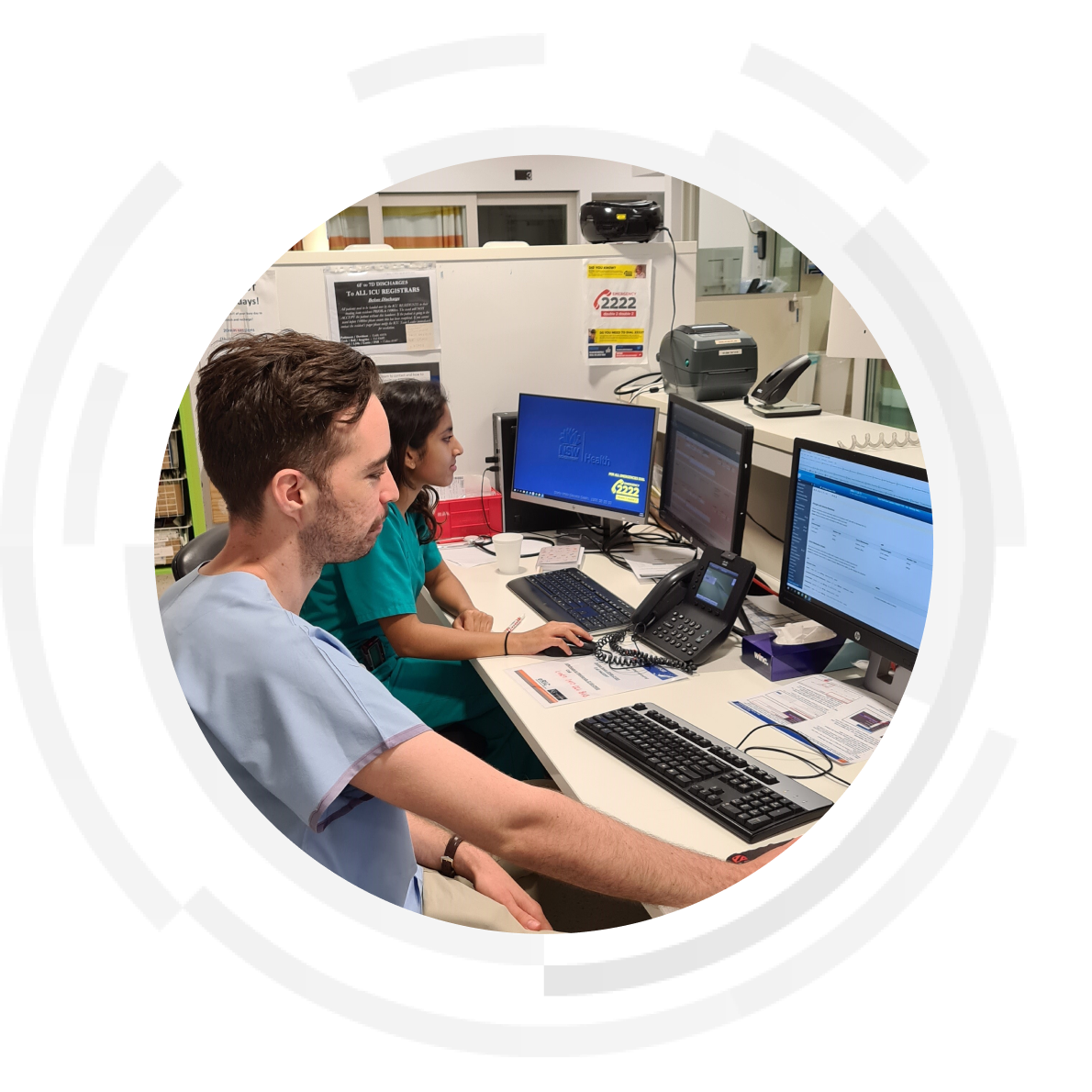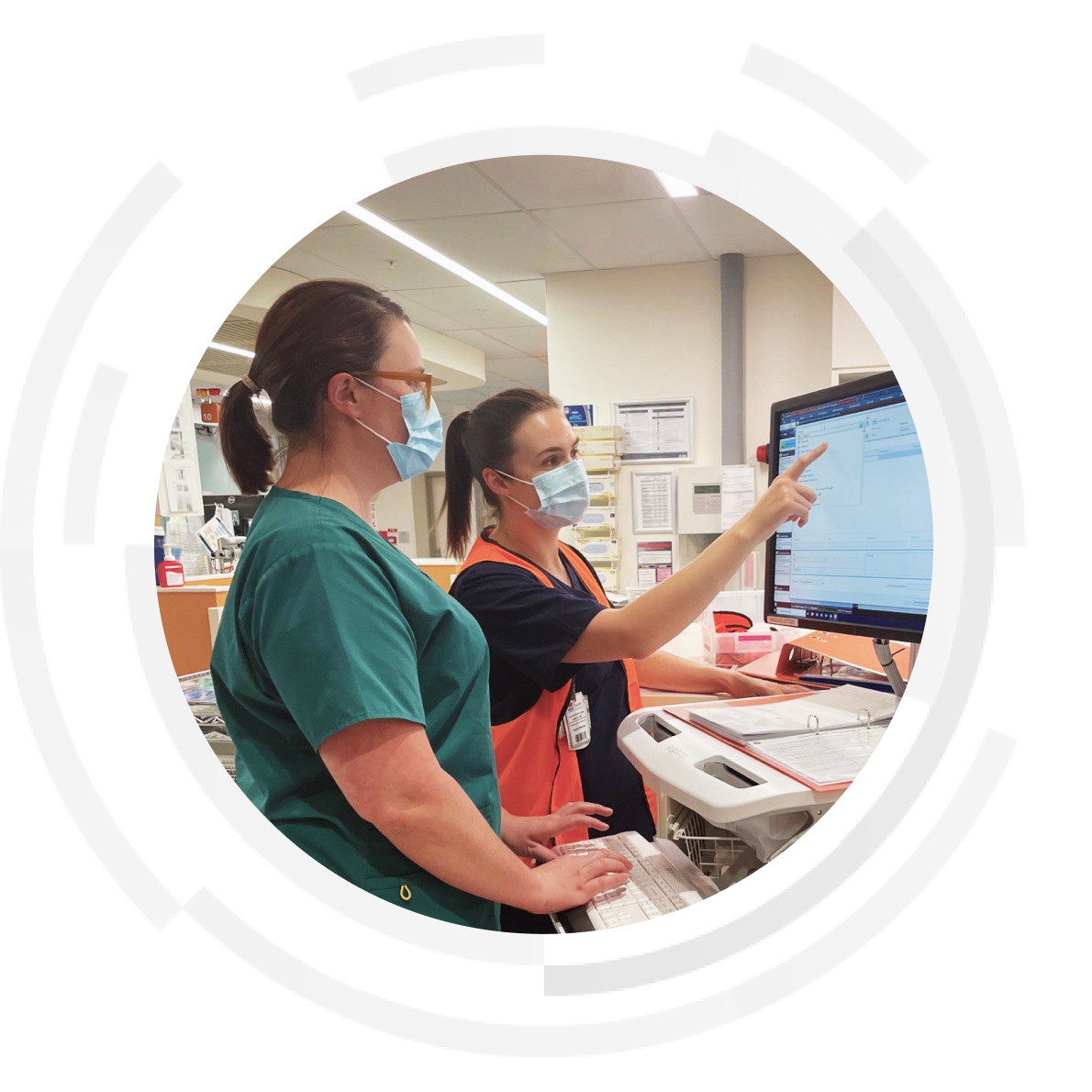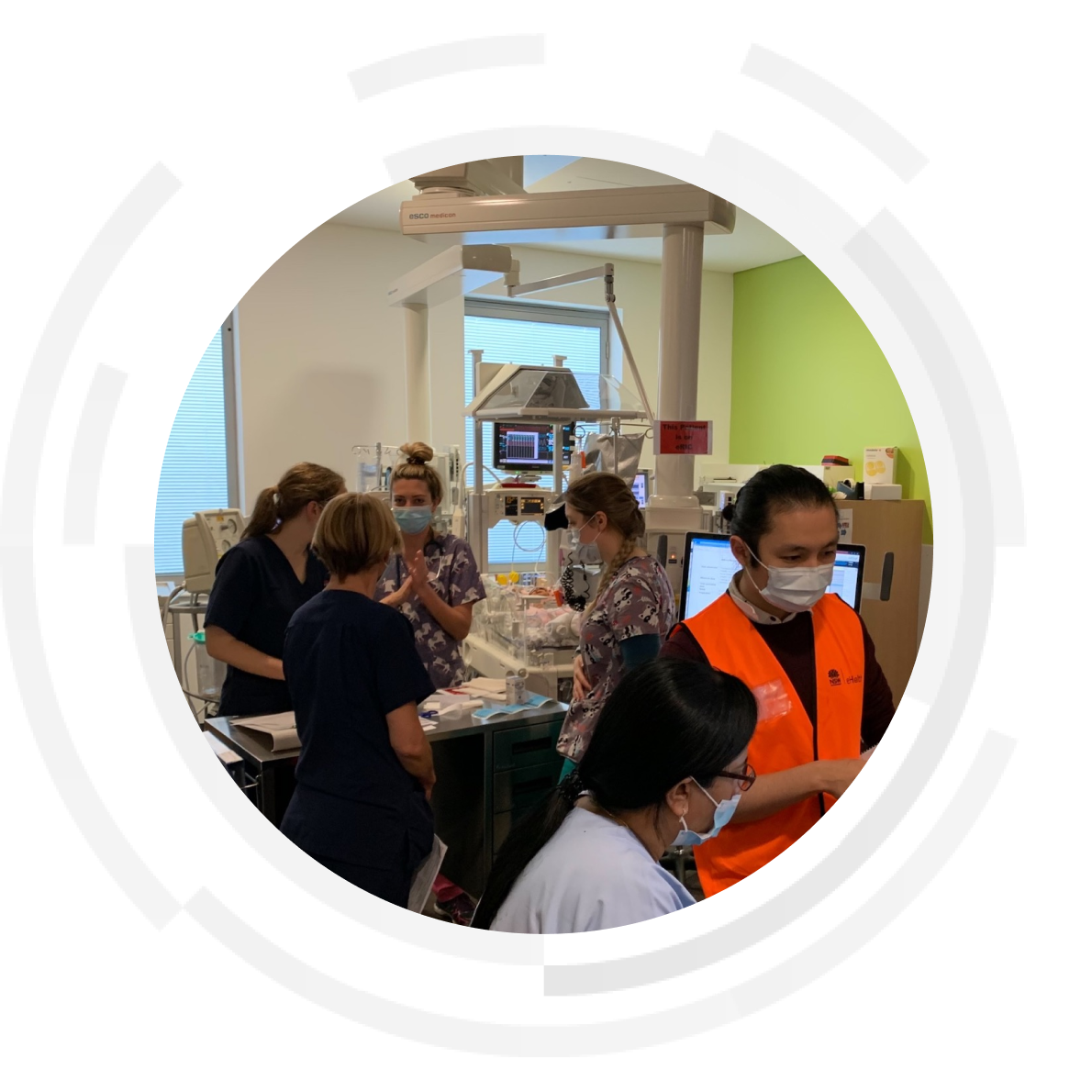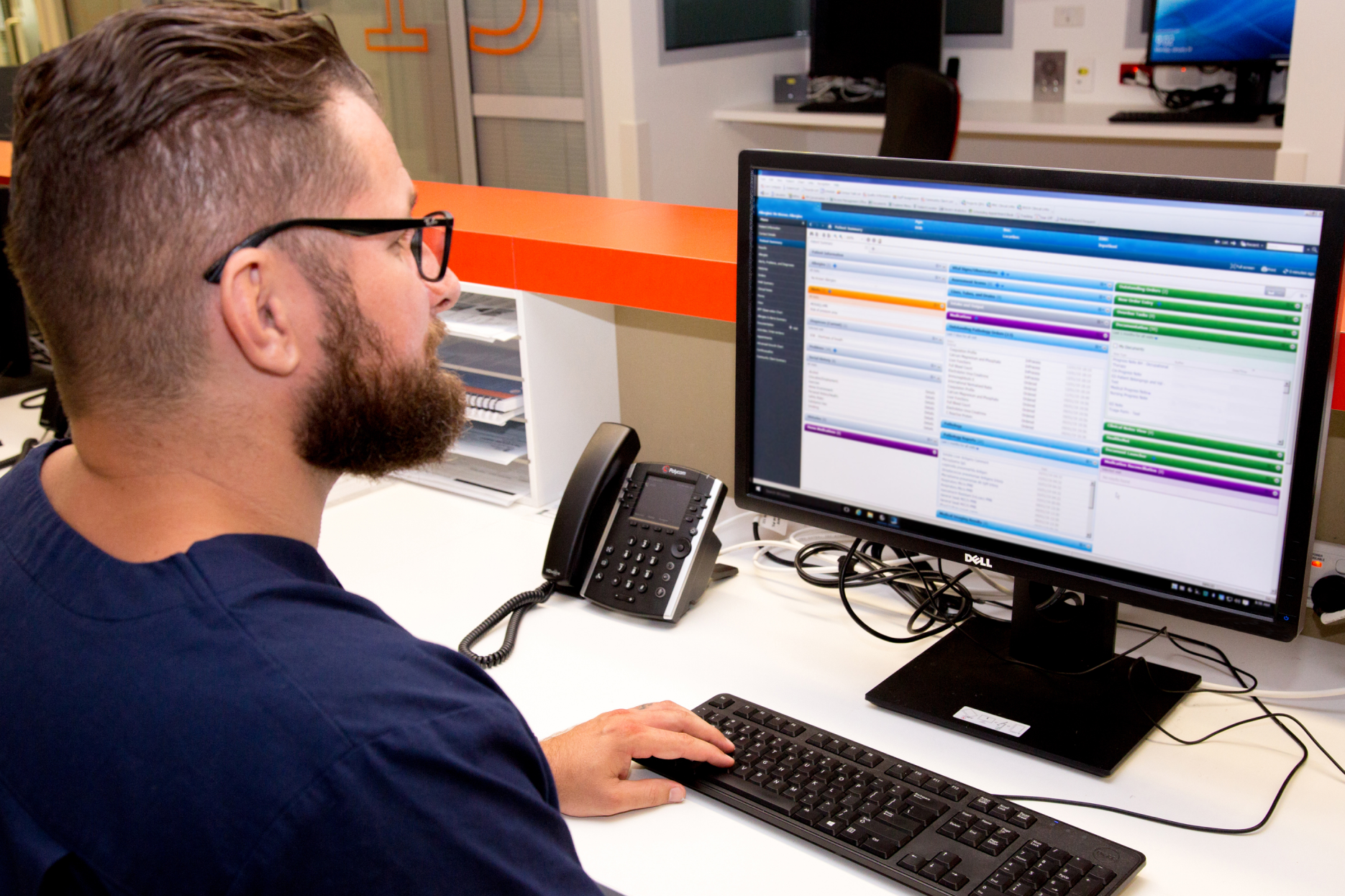eRIC integrates patient data every minute from multiple systems and devices, supporting better clinical decision-making, with the Adult part of the system now fully operational. There are specific eRIC versions available for Adult, Neonatal and Paediatric ICUs, with the latter two still being rolled out.

The Challenge
ICUs are high pressure environments and the most data-intensive part of any hospital. Eliminating the numerous, time-consuming paper forms required to monitor critically ill patients was a key priority to improve patient safety and provide better clinical decision-making.
Issues that had impacted paper-based systems for years – such as illegible handwriting, patient confidentiality, misplaced notes, limited accessibility of patient information and transcription errors – needed to be resolved.
NSW Health required a single digital clinical information system to support its ICUs and the critically ill patients they care for.

The Plan
To create eRIC, eHealth NSW needed to develop a system that promoted better clinical care through digital provision of information. Using human centred design principles, the team brought together more than 170 clinicians to help refine the state-wide adult ICU solution.
eRIC sought to promote best practice and standardise functional operations across all of NSW Health’s ICUs through a single design.
It focused on integration with bedside monitors, ventilators and other specialised equipment providing clinical data every minute. It also needed to integrate with ward systems to enable the transfer of medication management information.

The Outcome
The roll out of eRIC was the first time a state-wide ICU clinical information system had been deployed anywhere in Australia. It is also one of the largest in the world operating in 26 hospitals and supporting more than 480 intensive care beds.
As a result of the eRIC solution, clinicians and nurses can now access patient information from anywhere in the ICU. Allowing them to focus on patients rather than having to manage a multitude of paper documents.
Phase 1 of the roll out was completed in 2021 with future stages now targeting Neonatal Intensive Care units, Paediatric Intensive Care units (NICU/PICU), and an Adult Phase 2 program.

Piloting eRIC in ICU's for premature babies & children
In 2022, eRIC was piloted in two Neonatal Intensive Care Units (NICUs) and their co-located Special Care Nurseries (SCNs), as well as Paediatric Intensive Care Units (PICUs). At the completion of the project in 2023, the system will be live at 11 locations across NSW.
Today, eRIC for NICUs and SCNs is live at Nepean Hospital and Royal North Shore Hospital. Additional sites will come online from October 2022. By mid-2023, it is expected eRIC for NICU’s and SCN’s will be live at
- Royal Hospital for Women
- Liverpool Hospital
- John Hunter New England Hospital
- Royal Prince Alfred Hospital
- Westmead Hospital
- Children’s Hospital Westmead.
eRIC for PICUs will come online at the following hospitals in 2023
- John Hunter New England Hospital
- Sydney Children’s Hospital, Randwick
- Children’s Hospital Westmead.

The Benefits
More than 20,000 clinicians have been trained on eRIC. And so far, almost 65,000 patients have benefitted from better quality, safer care.
eRIC supports clinicians by giving them improved access to prescribing information, pathology and imaging, policies and patient assessment charts. Digitising medical information reduces the risk of transcription and clinical errors as well as improving clinical communication, clinical decision making and patient management processes. It also improves patient safety by embedding best-practice protocols, automating monitoring and reporting, and incorporating error alerts.
This standardised approach also sets the scene for the statewide ‘big data’ repository, greater opportunities for multi-centred participation, and increased potential for research and quality management improvements.
Information from eRIC is easily available for all to access from anywhere in the hospital. Pharmacists from outside the ICU can access the system, and prepare medications, and dispensing plans, ahead of the patient’s transition to a general ward. They can also add recommendations for doctors, minimising potential medical incidents, and improving the quality use of medicine. Not only does this mean that clinicians have more time with patients and their families, but patient safety and health outcomes are also improved.
Related solutions
The Electronic Medical Record (eMR) system replaces many patient paper charts & forms used in hospital wards, outpa…
The Electronic Transfer of Care (eTOC) application promotes safe delivery of healthcare through enhanced clinical i…

